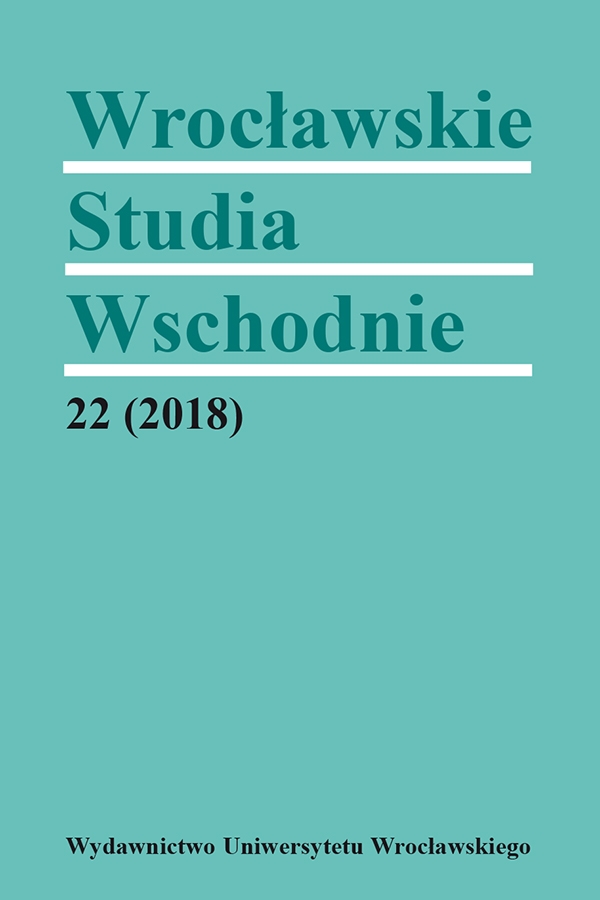

Miscellanea

Немецкая историография о Волыни 1943 г. и ведущих польско-украинских отношениях в годы Второй мировой войны Исследования последних двух десятилетий
Польско-украинский конфликт на Волыни в 1943 году занимает в немецких исследованиях о преступлениях во время Второй мировой войны, второстепенное место. В работах не используется понятие геноцид, оно приписывается исключительно Холокосту. В частности в трудах Ф. Брудера и Ч. Мицка появляются такие понятия, как погром, чистка, резня. Исключительный масштаб преступлений,совершенных над польскими гражданами, исчезает, кроме Шоа, среди других жестокостей последней войны. Влияние немецких оккупационных властей на ход польско-украинского антагонизма также затрагивается очень поверхностно даже в исследованиях, посвященных формированию украинских политических программ. Учитывая хорошо развивающиеся в Германии исследования Восточной Европы и России в ХХ веке, вызывает удивление отсутствие.
German historiography on Volhynia in 1943 and Polish-Ukrainian relations during the Second World War research conducted over the last two decades
The Polish-Ukrainian conflict in Volhynia in 1943 occupies a marginal place in German research into the crimes committed during the Second World War. German scholars do not use the term genocide, which is assigned, as it were, only to the Holocaust of the Jews. Studies by e.g. F. Bruder and C. Mick feature terms like pogrom, cleansing or massacre. The extraordinary — apart from the Shoah — scale of the crime committed against Polish civilians disappears among other atrocities of the war. The impact of the German occupation authorities on the Polish-Ukrainian conflict, too, is barely touched upon, even in studies devoted to the evolution of Ukrainian political programmes. Given the well-developed German research into Eastern Europe and Russia in the 20th century, the shortage of studies of the German occupation in Ukraine is surprising. German authors often stress mutual terror of the conflicted sides, and believe that the OUN-UPA and the Home Army were equally to blame for giving impetus to the spiral of violence. For the historians, the starting point for the conflict is the aftermath of the First World War. What is striking in their analyses is a lack of an estimated number of victims or a discussion of the Ukrainian preparations for the massacre of the Poles. There are few references to Polish studies, which in recent years have considerably expanded our knowledge not only of the fate of the Poles but also of the revenge of the Polish underground or self-defence groups. The significance of Volhynia is also absent from the biographies of leading figures of the time, including Erich Koch, the Reichskommissar for Ukraine.